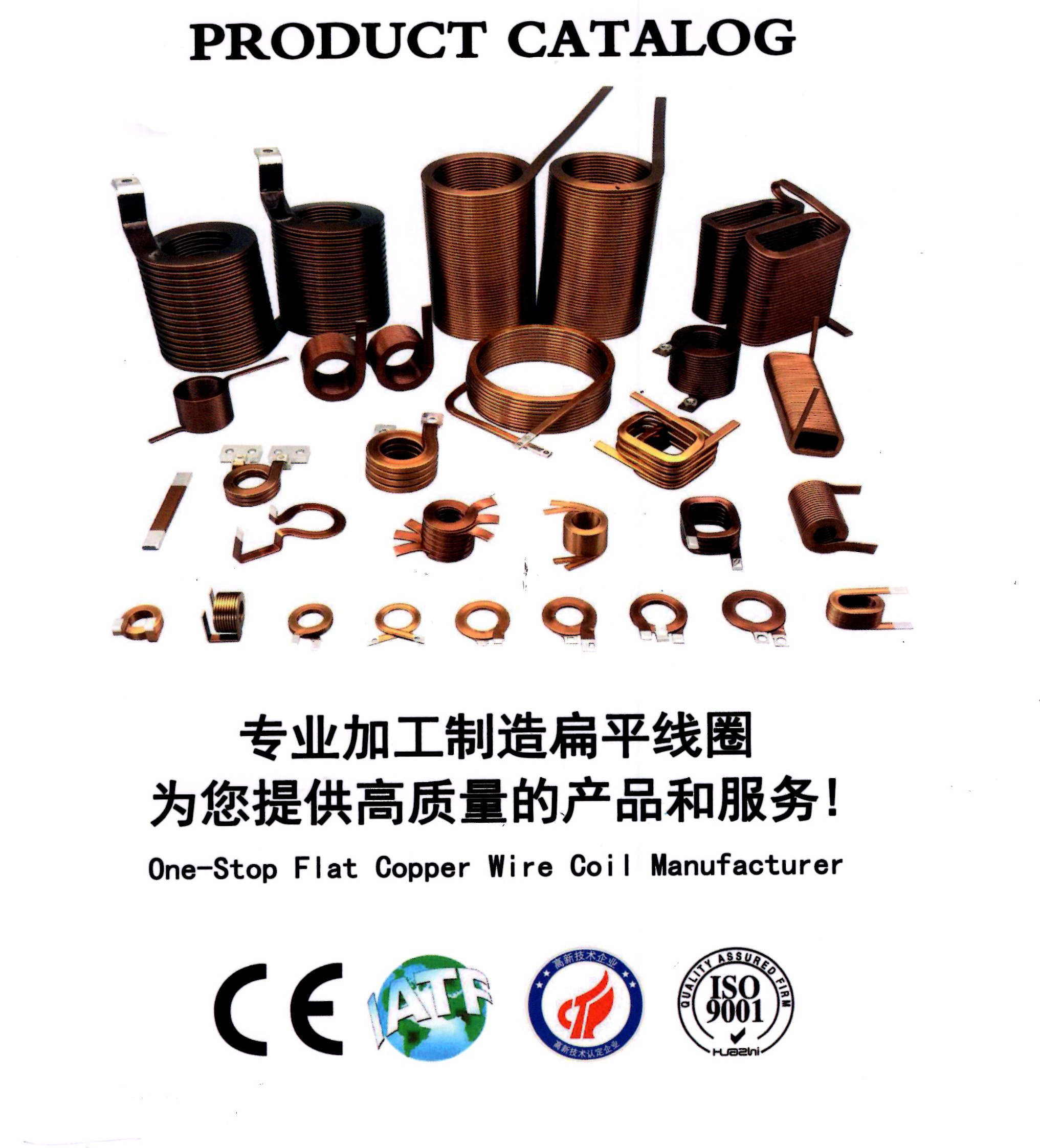If the motor has burned out but the thermal relay did not activate, there could be several possible causes. Identifying and addressing the issue properly is essential to prevent future failures.
1. One common reason is that the rated current of the thermal relay does not match the motor’s rated current. It's important to select a thermal relay based on the motor’s capacity, not the contactor’s. This ensures accurate protection against overloads.
2. Another possibility is a mechanical failure within the thermal relay. If the action mechanism is stuck or the guide plate is misaligned, it may prevent the relay from tripping. To fix this, open the relay cover, check the moving parts, reposition the guide plate, and press the reset button. Make sure the mechanism moves freely without resistance.
3. In some cases, the thermal element may have been exposed to a short-circuit current, causing permanent deformation of the bimetallic strip. This can prevent the relay from operating correctly during an overload. The solution is to replace the damaged bimetal and readjust the settings accordingly.
4. During repairs, if the bimetal was installed incorrectly—such as reversed or with the wrong type of heating element—the relay may fail to respond to overcurrent conditions. This can lead to motor damage without triggering the relay. Check the bimetal’s orientation and ensure the correct components are used for proper operation.
5. A thermal relay with an excessively high rating may not detect an overload in time. Additionally, poor contact between the relay’s contacts can cause increased resistance and overheating. Clean or replace the contacts to restore proper functionality and ensure reliable performance.
6. Sometimes, the issue lies with the motor itself. For example, if the cooling fan is damaged, the air duct is blocked, or the ambient temperature is too high, the motor may overheat and burn out. In such cases, the thermal relay is functioning correctly, and the problem should be addressed by inspecting and repairing the motor.
By understanding these potential issues and taking the appropriate corrective actions, you can significantly reduce the risk of motor failure and improve the overall reliability of your electrical system.
Litz Wire Typical applications are: high frequency inductor, transformer, frequency converter, fuel cell, the horse, communication and IT equipment, ultrasound equipment, sonar equipment, televisions, radios, induction heating, etc.In 1911, New England became the first commercial manufacturer in the United States to produce the Leeds line.Since then, New England has remained the world leader in providing high-performance Leeds line products and solutions to customers around the world.It is also transliterated as the "litz line".

Litz Wire,Copper Litz Wire,Copper Transformer Litz Wire,High Temperature Litz Wire
YANGZHOU POSITIONING TECH CO., LTD. , https://www.yzpst.com